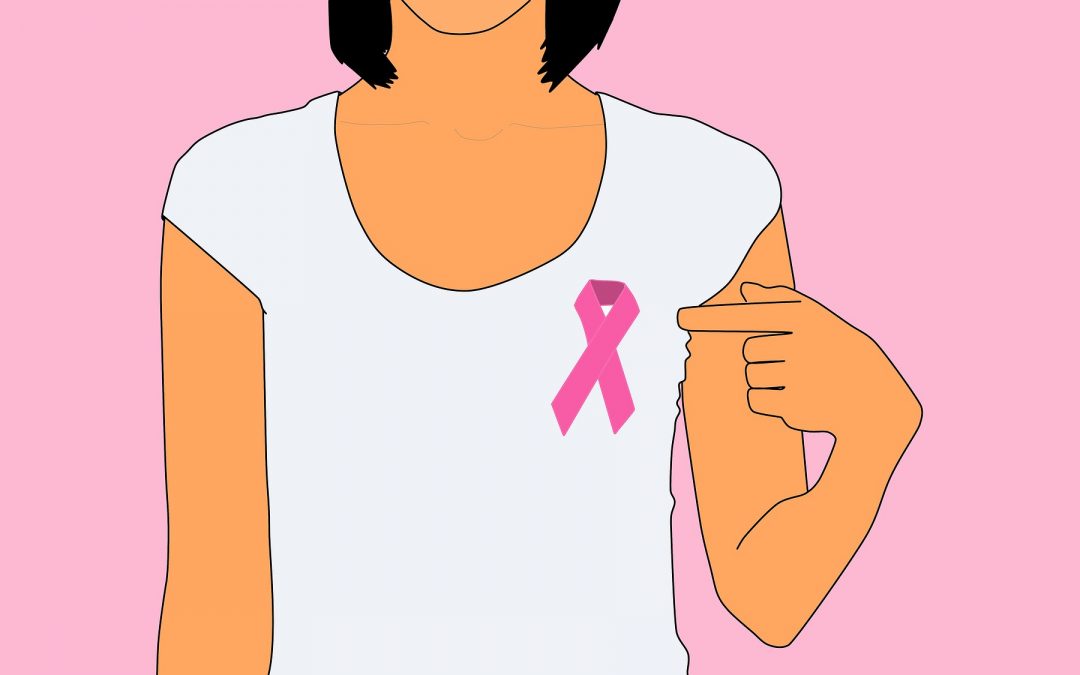See Below for our Upcoming Breast Thermography Clinic
Breast cancer has received a lot of attention in the media lately, and rightfully so. 1 in 8 women will develop breast cancer in their lifetime; an estimated 19,200 women in Canada. The same risk as a heavy smoker developing lung cancer. In North America, breast cancer is the 2nd leading cancer killer among women, with an alarmingly increased rate of young women being diagnosed.
Screening for breast cancer involves a low-dose x-ray of the breast or mammography every 2 years. Current screening recommendations for women in Canada occur between the ages of 50 and 69, this is due to half of new breast cancer cases being diagnosed during this period. It was also found that this age group had larger benefits from screening than the risks associated with screening. Screening of those aged 60-69 has a 32% reduction in mortality, while other age groups had significantly less reduction. Risks associated with mammography include radiation exposure and false positive results, meaning the test indicate they have cancer when they do not. False positives can cause a lot of anxiety, and lead to further unnecessary testing. These recommendations vary if an individual has signs/symptoms of breast cancer or is at increased risk.
Factors that increase the risk of breast cancer include extended exogenous estrogen exposure (sources like hormone replacement or birth control pill), family history, radiation exposure, uterine or contralateral breast cancer, a diet high in processed foods, obesity and sedentary lifestyle, smoking or exposure to other toxins such as plastics.
So what can every woman do to ensure their breasts are healthy?
Increase fruit and vegetable intake, they are high in antioxidants, fiber and other important cancer-fighting nutrients. Increase fiber to ensure normal bowel habits, this will help decrease the extra circulating estrogen and other toxins by flushing them out of our system. Exercise regularly, 20-40mins/day will increase our lymphatic circulation and contribute to estrogen metabolism. Specifically arm movement, because most of our lymph nodes associated with the breasts are located under the armpit, so motion in this area will help with circulation locally. Lastly, avoid risk factors to the best of your ability.
Get to know your breasts. Understanding what is normal for your breasts and notice changes in the look or feel. Look for lumps in the breast and armpit, that do not fluctuate based on your cycle, changes in breast shape/size or changes to the skin or nipple.

Thermography is another assessment tool; we are now offering at the clinic. It works by assessing the temperature variations of the breast tissue and surrounding areas. This is able to detect tumours, as they require an increased blood supply and therefore will show an elevated temperature in the area. There is no radiation exposure to the individual.
Docere is excited to bring you this ONCE A YEAR opportunity hosted at our clinic!
Can detect changes in breast tissue function before mammograms detect structural changes or lumps. No touching, squeezing, radiation or pain!
- Cost: $250
- Date: Sunday September 30th 9AM-5Pm
- Call: 1-866-242-5554 to book an appointmentBreast Thermography is applicable to all women, especially the group between 40 and 50, and for those who have dense, fibrocystic breasts or implants. It is a completely safe, non-invasive screening method that has been proven to be effective. An abnormal infrared image is the single-most important marker of high risk for developing breast disease.

